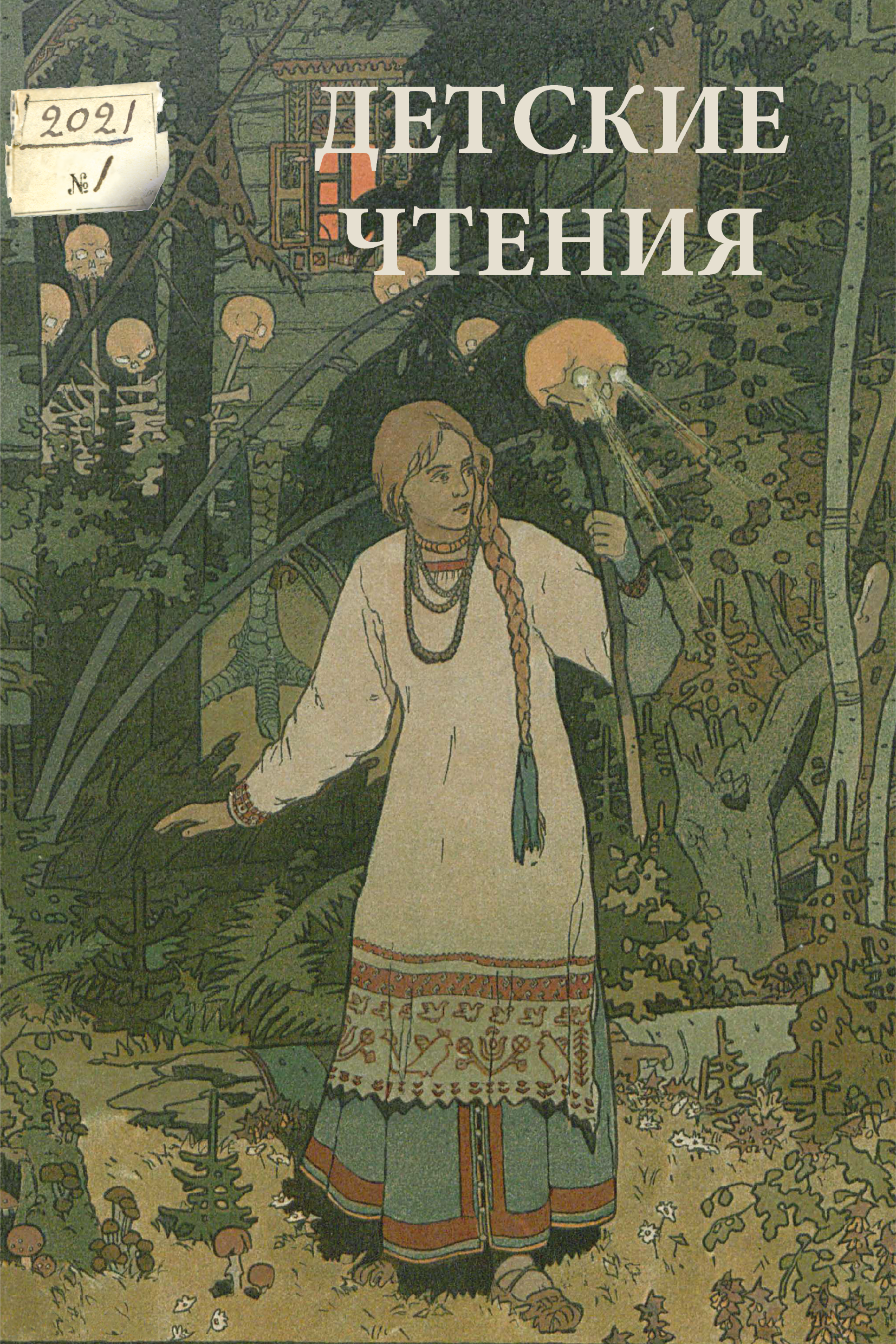“The Three Little Pigs”: Evolution of a fairy tale plot in a picture book of the twentieth century
DOI:
https://doi.org/10.31860/2304-5817-2021-1-19-215-234Abstract
“The Three Little Pigs” is one of the most famous folk tales and has been adapted many times. The paper is devoted to the evolution of the classical narration as it was presented in picture-books in the 20 th century. The revisions examined are: Walt Disney’s book based on the animated film (1933), Russian adaptation made by Sergey Mikhalkov (1936, 1957) as well
as two picture-books which were published at the end of 20 th century in USA and Great Britain and suggest new versions of the classical story — Jon Scieszka’s and Lane Smith’s “The True Story of the 3 Little Pigs” (1989) and “The Three Little Wolves and the Big Bad Pig” by Eugene Trivizas and Helen Oxenbury (1993). All the books demonstrate different variants of
interaction between the textual and visual contents. The recent versions of the tale reveal important trends: visual narrative presents a substantive semantics and plays increasingly significant role in modern picture-books.
The evaluation of the genre introduces multiple perspectives and challenge reader to interact, to create ambiguous meanings rather than suggest a define statement — thus making reception more complicated and inspiring.
Keywords: Fairy tale, text-image interaction, 20 th century picture-book, post-modernism, illustration, «The three little pigs»







